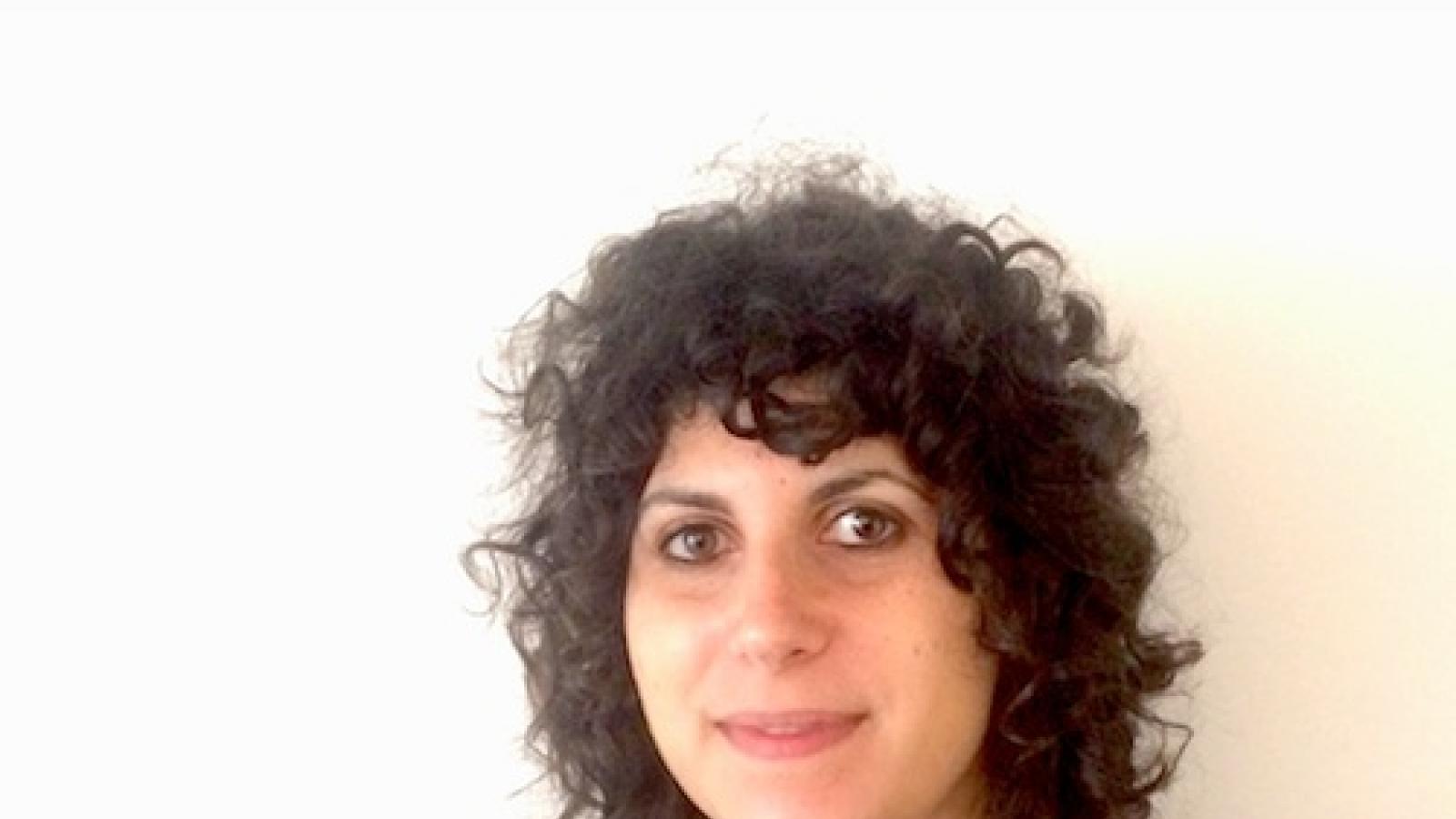Educating the Next Generation of Social Impact Designers

I’ve got a feeling, I’m not in Kansas anymore.
And I wasn’t—after leaving the third annual Design Futures Public Interest Design (PID) Student Leadership Forum held at the University of Kansas in Lawrence.
The annual interdisciplinary forum brings together student leaders from across the country where they connect with practitioners and university faculty who represent some of the most important new leaders in the emerging PID field.
This Forum was organized by the dynamic trio of Barbara Brown Wilson of the University of Virginia, Sarah Wu of the University of Texas at Austin’s Center for Sustainable Development Program, and New Orleans-based Dan Etheridge. They packed the four days with “intensely participatory and interdisciplinary” workshops about PID. While the bricks on the road back in New York weren’t yellow and there were no witches in sight, I already missed the collegiality and collective innovation that makes the Forum such an important event.
Though Design Futures is a well-organized, well-regarded event, it didn’t even exist a few years back in 2012 when the National Endowment for the Arts (NEA) hosted the “Social Impact Design Summit” with the Smithsonian’s Cooper-Hewitt, the National Design Museum, and The Lemelson Foundation. The NEA defines social impact as “a practice of design for the public good, especially in disadvantaged communities”, a definition that includes but is not limited to what Design Futures considers “public interest design”. Over the course of that day-long event held at the Rockefeller Foundation, 30 practitioners and a dozen foundation representatives discussed the state of the social impact design profession, noting its potential while acknowledging some big challenges and enumerating current gaps in the field. The resulting report, Design and Social Impact: A Cross-Sectoral Agenda for Design Education, Research, and Practice, dedicated a section to focusing on educational and professional pathways, which was introduced with a provocative set of questions: “How can we effectively prepare future generations of designers for this growing area of design? Is this a viable career path? If so, how do we raise awareness of this profession?”
Though the Summit was not the impetus for the creation of the Design Futures Forum, Barbara, Dan, and Sarah seem to have begun to offer an answer to the report’s first question.
At the Kansas meeting I was wearing multiple hats. I was there in my capacity as a Surdna Foundation program officer given that about 10 of the foundation’s grantee partners from our Community Engaged Design portfolio were in attendance. I was also there as a teacher having agreed to co-teach (with Chelina Odbert, the executive director of the Kounkuey Design Initiative) a three-hour workshop. And, as ever, I was wearing my student hat, attending the workshops with a sense of openness and curiosity.
David Perkes from the Gulf Coast Community Design Studio opened the Forum and reminded all 100 attendees ranging from ages 18 to 80, that “fellowship” is different than “scholarship” for it asks us to learn from people and not books. He encouraged us to think of one another as fellows over the course of the workshop.
As Theresa Hwang, the director of Community Design and Planning at Skid Row Housing Trust and a Surdna grantee, and I sat in the back of one of the Sunday workshops, we whispered to each other “Man, I wish this event existed when I was an architecture student.” We both agreed that hearing from design practitioners with social justice or public interest goals would have been an important addition to our studio training in which form-making was paramount. It became clear to us that the Forum really is about fellowship—among students, among faculty, among practitioners, and across all groups of attendees.
Though there are still many issues to figure out related to educating the next generation of social impact designers, with annual events like Design Futures, the field is well on its way. I think those who attended the 2012 “Social Impact Design Summit” would agree. Do you?
If you have an opinion about how social impact design should be taught, or question whether or not it should be taught at all, please join me next week when I moderate the NEA-hosted webinar “Beyond Design School: Supporting the Next Generation of Practitioners.” Barbara Brown Wilson, assistant professor at the University of Virginia and co-founder of Design Futures, David Perkes, and Theresa Hwang, will speak about mentorship, fellowship, and scholarship related to social impact and public interest design. (And, if we’re lucky, they may just give us a map of the Yellow Brick Road.)
The webinar is free and open to the public, but you must register here to participate.




